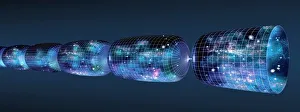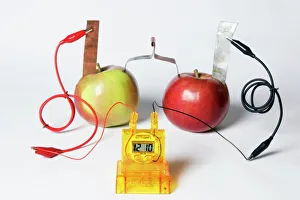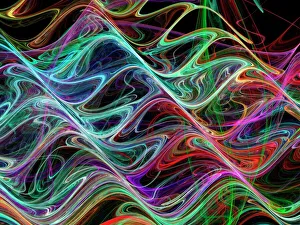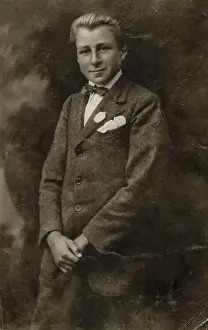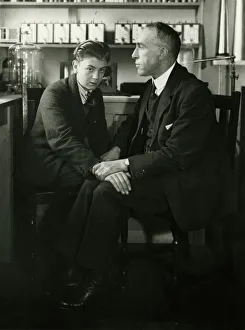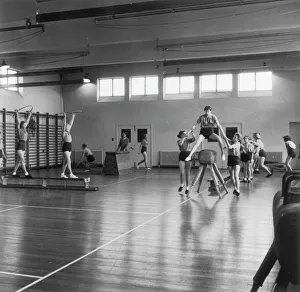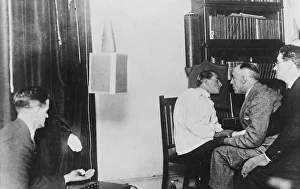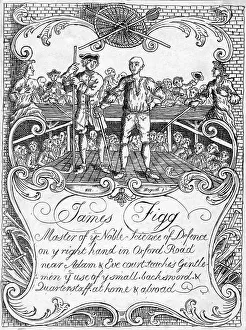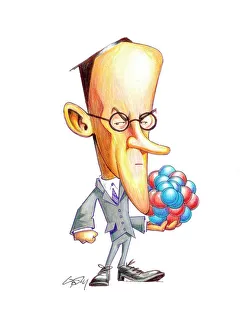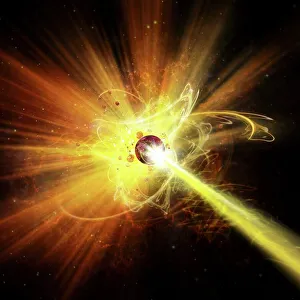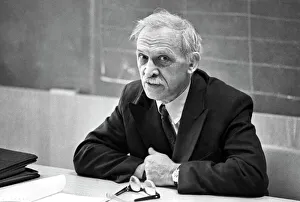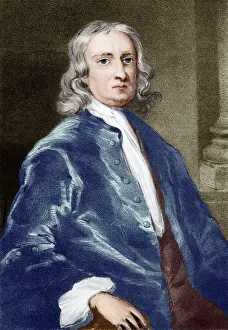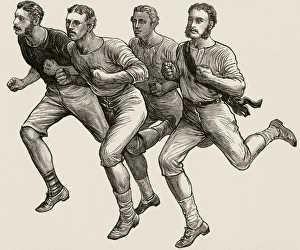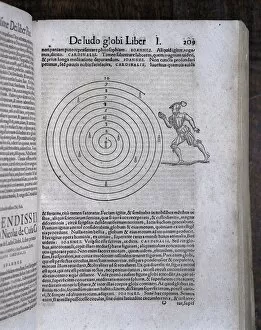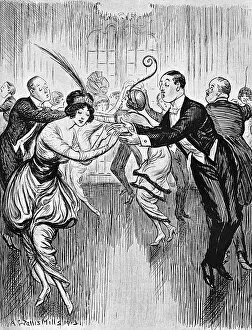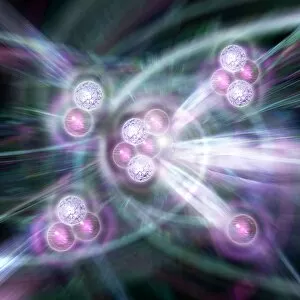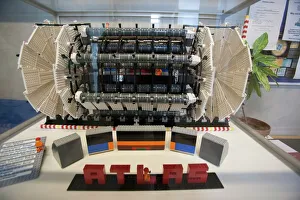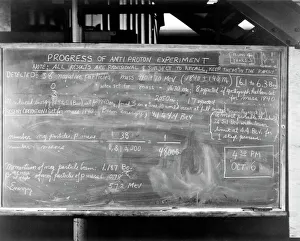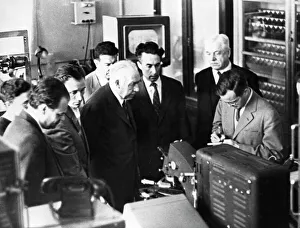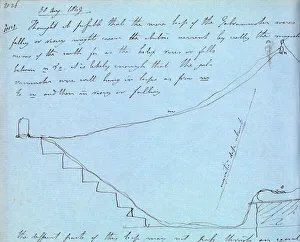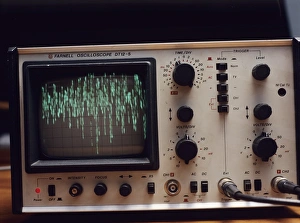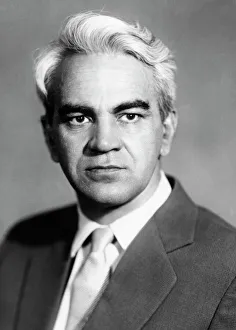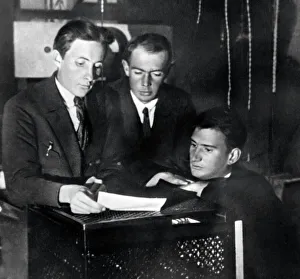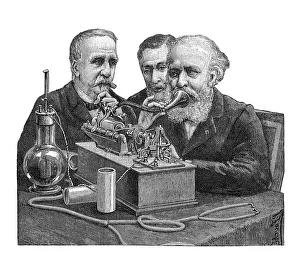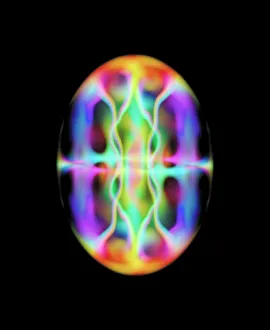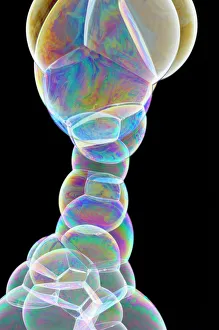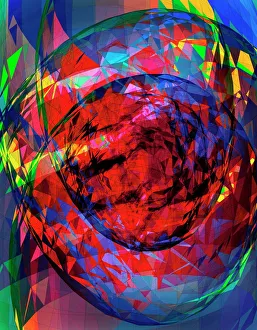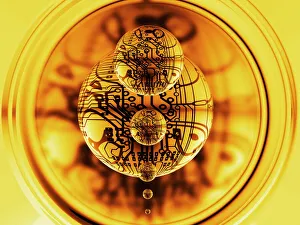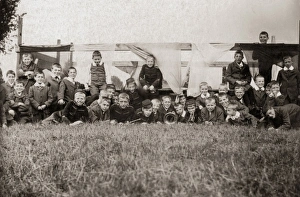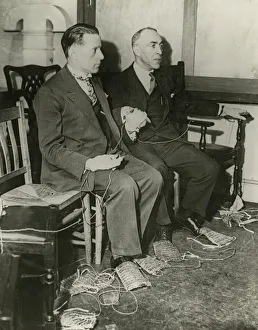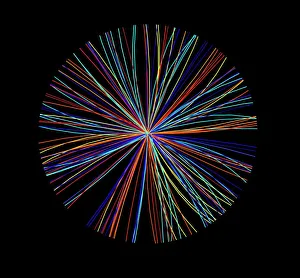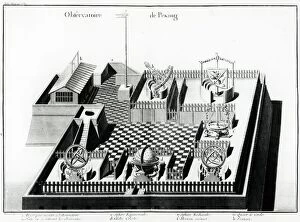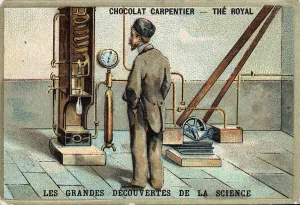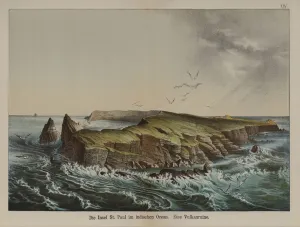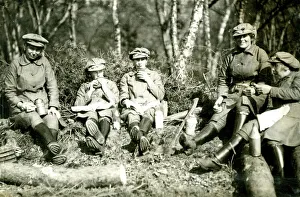Physical Collection (page 3)
"Exploring the Physical Realm: From Colour Wheels to Proton Collisions and Beyond" Step into the fascinating world of physics
All Professionally Made to Order for Quick Shipping
"Exploring the Physical Realm: From Colour Wheels to Proton Collisions and Beyond" Step into the fascinating world of physics, where mysteries are unraveled and secrets of the universe are revealed. 🌌✨ The colour wheel spins, showcasing a spectrum of hues that captivate our senses. Just like light itself, it reminds us that everything around us is made up of different wavelengths. In the depths of particle collisions at CERN's Large Hadron Collider, we witness an extraordinary event - the discovery of the Higgs boson. The ATLAS detector captures this groundbreaking moment, shedding light on fundamental particles and their interactions. Delving deeper into history, we encounter Marie Curie (1867-1934), a trailblazing scientist who revolutionized our understanding of radioactivity. Her pioneering work paved the way for future discoveries in nuclear physics. Richard Feynman appears before us in caricature form - a brilliant physicist known for his contributions to quantum mechanics and his infectious enthusiasm for science. His legacy continues to inspire generations to explore the wonders of nature. Gaze upon Joseph Wright's masterpiece "The Airpump, " depicting an experiment that symbolizes humanity's quest for knowledge through scientific inquiry. It serves as a reminder that curiosity has always driven our exploration phenomena. As night falls, vibrant streaks dance across dark skies - nature's own celestial spectacle known as Northern Lights or Aurora Borealis. This breathtaking phenomenon showcases Earth's interaction with solar winds and magnetic fields. Back at CERN's ATLAS detector, scientists tirelessly search for answers about matter and its origins within our vast Milky Way galaxy. They meticulously study cosmic rays and subatomic particles in pursuit of unlocking profound cosmic truths. Conceptual artwork visualizes the elusive Higgs boson – often referred to as "the God particle. " Its existence confirms theories about mass generation in elementary particles; yet many questions remain unanswered regarding its role in the universe.

